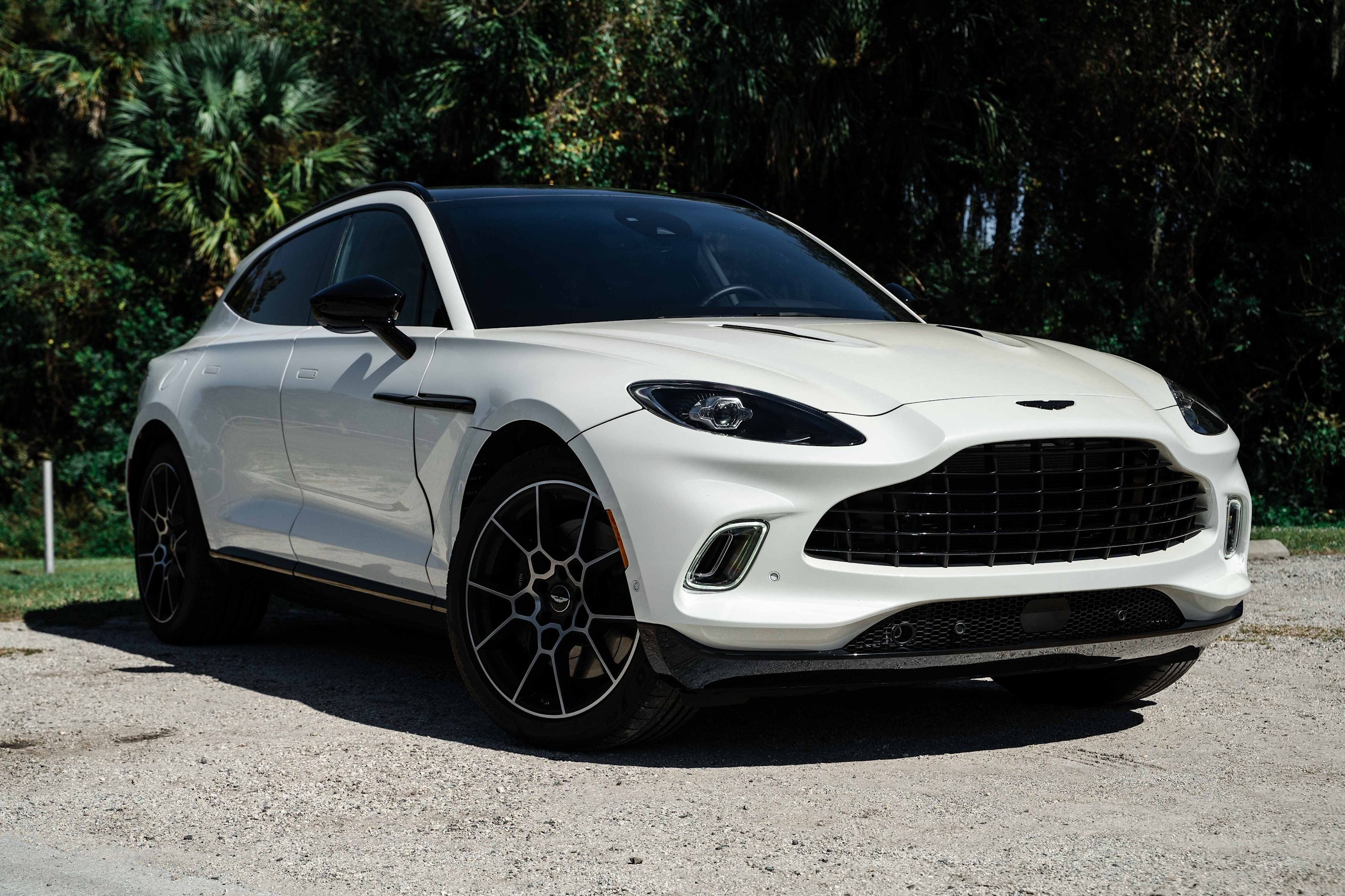
For years, most of the world's most exclusive automakers were happy to get by with comparatively few sales each year when measured up against mainstream brands. One look at the price of a new Bentley Continental GT tells you why. But SUVs have seen automakers like Bentley and Porsche shatter their previous sales records. The Bentley Bentayga and Porsche Cayenne are each the top sellers for their respective brands and have been for some time. Over at Aston Martin, a strikingly similar scenario is unfolding. The DBX SUV isn't just the most popular Aston Martin, but it now makes up over 50% of the brand's total sales.
Since January, Aston Martin's total sales stand at 4,250 cars and 2,186 of those were DBX models. This is promising news considering that the DBX range will grow with high-performance versions and even new body styles. There's also a DBX hybrid on the way.
Aston projects that it'll sell around 6,000 models before the year is done. This year, the company has nearly tripled its year-to-date revenues compared to the same period in 2020, which are currently at £736.4 million (just shy of $1 billion). By 2024/2025, Aston expects to see annual sales of around 10,000 units.
If Aston meets its 2024/2025 annual sales goal, that would net approximately £2 billion in revenue (around $2.7 billion) and pre-tax earnings of £500 million ($678 million). The figures look promising, but for enthusiasts more concerned with the brand's products, there's plenty to get excited about. A more powerful DBX S is reportedly coming with V12 power. Outside of the popular DBX, Aston has made a lot of progress. The first customer example of the Aston Martin Valkyrie has finally been completed, and deliveries are expected to get underway in the weeks ahead. Around 2025, the brand's first EV is scheduled to arrive. For now, though, the DBX is undoubtedly the company's cash cow.
